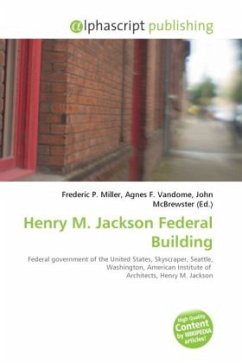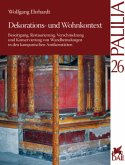Federal-style architecture is the name for the classicizing architecture built in the United States between c. 1780 and 1830, and particularly from 1785 to 1815. This style shares its name with its era, the Federal Period. In the early Republic, the founding generation consciously chose to associate the nation with the ancient democracies of Greece and the republican values of Rome. Grecian aspirations informed the Greek Revival, lasting into the 1850s. Using Roman architectural vocabulary, the Federal style applied to the balanced and symmetrical version of Georgian architecture that had been practiced in the American colonies new motifs of Neoclassical architecture as it was epitomized in Britain by Robert Adam, who published his designs in 1792. The classicizing manner of constructions and town planning undertaken by the federal government was expressed in federal projects of lighthouses and harbor buildings, hospitals and in the rationalizing urbanistic layout of L'Enfant's Washington DC and in New York the Commissioners' Plan of 1811. "Julia Row", New Orleans, 1830s: Federal townhouses with commercial space behind the ground-floor arcaded windows.
Bitte wählen Sie Ihr Anliegen aus.
Rechnungen
Retourenschein anfordern
Bestellstatus
Storno








